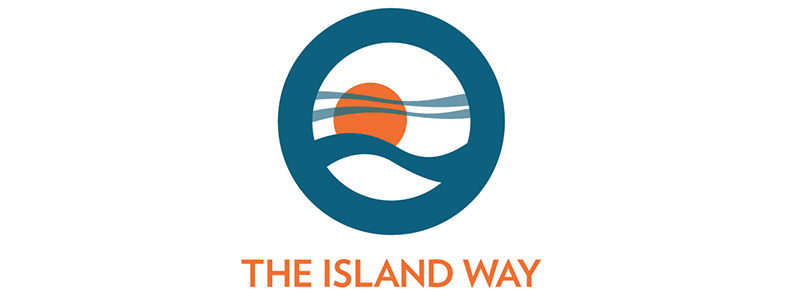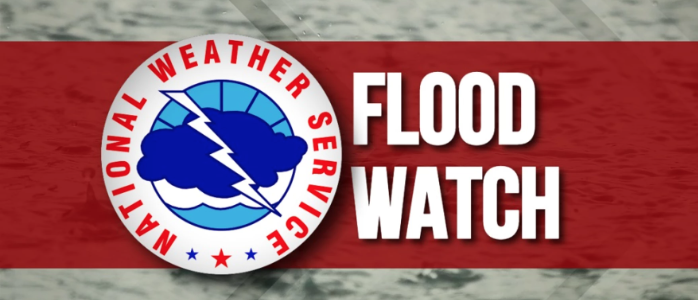For the third year in a row, Orcas Island High School has been recognized with a medal in the US News and World Report, Best High Schools in America. This year Orcas was awarded a bronze medal as it was in 2009. In 2008, Orcas High received a silver medal.
Orcas Island School District (OISD) Superintendent and High School Principal Barbara Kline said, “Three years is an amazing stretch for us. I am very pleased, amazed and happy to have won the award.
“Bronze is awarded largely for performing well on the public measures of success which are state tests. Silver and Gold have to do with the number and quality of the scores on AP tests during that school year. These awards are given out according to the numbers. For a small school such as ours, there is always the chance that, in any given year, our numbers are not big enough or they are better or worse due to the performance of a few students,” Kline said.
An article used to describe the methodology used for the award is reprinted below:
Methodology: America’s Best High Schools
U.S. News looked at thousands of public schools to identify the most outstanding.
By Robert Morse
The 2010 U.S.News & World Report Americas Best High Schools methodology, developed by School Evaluation Services, a K-12 education data research business run by Standard & Poor’s, is based on the key principles that a great high school must serve all its students well, not just those who are collegebound, and that it must be able to produce measurable academic outcomes to show the school is successfully educating its student body across a range of performance indicators.
We analyzed 21,786 public high schools in 48 states plus the District of Columbia. This is the total number of public high schools that had 12th-grade enrollment and sufficient data, primarily from the 2007-2008 school year, to analyze. (Nebraska and Oklahoma did not provide full data. Their schools were evaluated for honorable mention, but none met the criteria.)
A three-step process determined the best high schools. The first two steps ensured that the schools serve all their students well, using state proficiency standards as the benchmarks. For those schools that made it past the first two steps, a third step assessed the degree to which schools prepare students for college-level work.
Schools that made it through the first two steps became eligible to be judged nationally on the final step, college-readiness performance, using Advanced Placement and International Baccalaureate test data as the benchmarks for success, depending on which program was largest at the school.
AP is a College Board program that offers college-level courses at high schools across the country. The International Baccalaureate program also offers a college-level curriculum. This third step measured which schools produced the best college-level achievement for the highest percentages of their students. This was done by computing a “college readiness index” based on the school’s AP or IB participation rate (the number of 12th-grade students who took at least one AP or IB test before or during their senior year, divided by the number of 12th graders) and how well the students did on those tests.
The latter part, called quality-adjusted AP or IB participation, is the number of 12th-grade students who took and passed (received an AP score of 3 or higher or an IB score of 4 or higher) at
least one of the tests before or during their senior year, divided by the number of 12th graders at that school. For the college readiness index, the quality-adjusted participation rate was weighted 75 percent in the calculation, and 25 percent of the weight was placed on the simple AP or IB participation rate. Only schools that had values greater than 20 in their college readiness index scored high enough to meet this criterion for gold and silver medal selection. The minimum of 20 was used because it represents what it would take to have a “critical mass” of students gaining access to college-level coursework.
**If you are reading theOrcasonian for free, thank your fellow islanders. If you would like to support theOrcasonian CLICK HERE to set your modestly-priced, voluntary subscription. Otherwise, no worries; we’re happy to share with you.**






